-
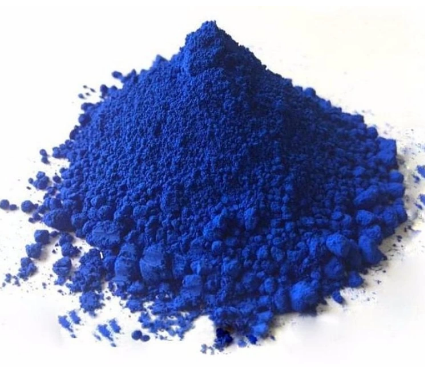
Aniline Blue CAS:28631-66-5 Manufacturer Price
Aniline Blue is a synthetic dye used in the textile industry to impart a blue color to fabrics. It is also used in some scientific and laboratory applications as a biological stain to highlight specific cellular structures.
-
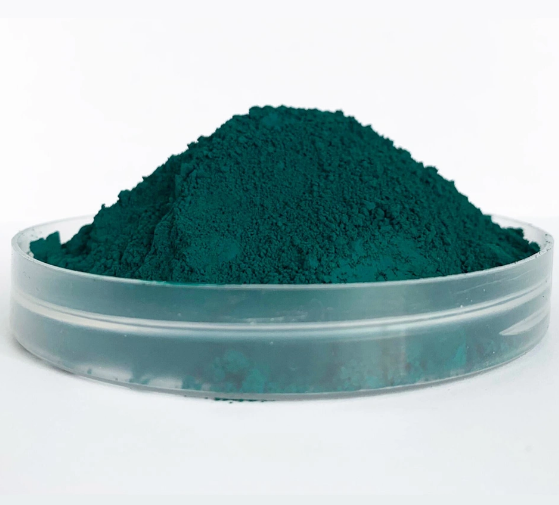
Azure B, certified CAS:531-55-5 Manufacturer Price
Azure B is a synthetic dye that is commonly used to achieve a vibrant blue color in various applications, including the dyeing of textiles such as wool, silk, and nylon. Known for its color fastness, it can produce a range of blue shades depending on its concentration and the dyeing method used.
-
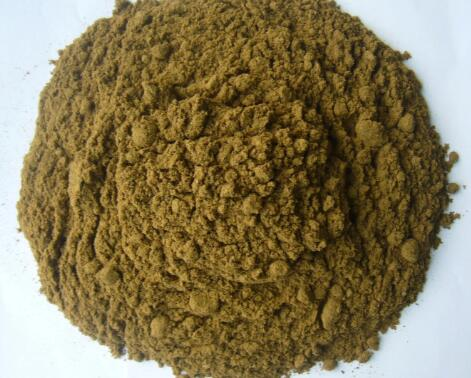
Celestine blue B CAS:1562-90-9 Manufacturer Price
Celestine blue B is a synthetic textile dye that belongs to the class of acid dyes. It is commonly used to dye various types of fibers, including wool, silk, and nylon. Celestine blue B is known for its bright blue color and is used in the textile industry for coloring fabrics, yarns, and garments.
-
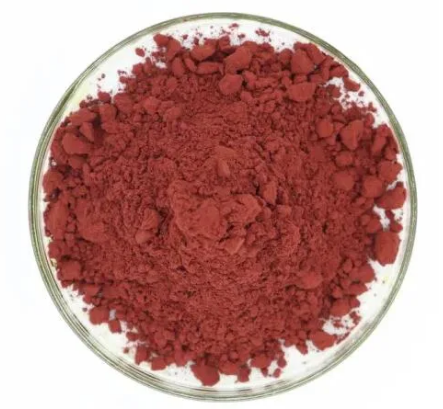
Bromophenol Red CAS:2800-80-8 Manufacturer Price
Bromophenol red is a pH indicator that changes color based on the acidity or alkalinity of a solution. It is commonly used in laboratory settings to visually determine the pH of a solution, often appearing yellow in acidic conditions and blue in alkaline conditions. Additionally, bromophenol red has applications in biological and biochemical research, such as in electrophoresis to track the progress of DNA or protein separation.
-

Clozapine N-oxide CAS:34233-69-7 Manufacturer Price
Clozapine N-oxide is a pharmacologically active metabolite of clozapine, a medication used in the treatment of schizophrenia. It acts as a partial agonist at dopamine receptors and has been studied for its potential as an antipsychotic agent.
-
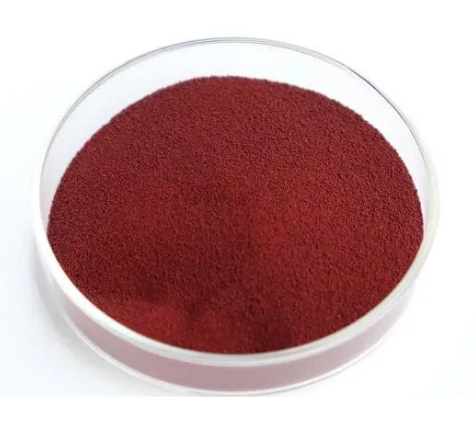
Amaranth CAS:915-67-3 Manufacturer Price
Amaranth is a plant with vibrant flowers, nutritious edible leaves, and seeds. Both the leaves and seeds are rich in nutrients, and the seeds can be ground into flour or popped. Amaranth is a good source of protein, fiber, and various vitamins and minerals, making it a valuable addition to a balanced diet. It’s also gluten-free and has been used in traditional medicine for its potential health benefits.
-

o-Cresolphthalein Complexone CAS:2411-89-4
o-Cresolphthalein Complexone is a complexometric indicator that is commonly used to determine the endpoint of titrations involving metal ions, particularly in the analysis of water hardness. It changes color in the presence of metal ions, making it a useful tool in analytical chemistry for detecting and quantifying metal ions in solution.
-

Sunset yellow FCF CAS:2783-94-0
Sunset Yellow FCF is an artificial food colorant, also known as Yellow No. 6. It is commonly used to impart a yellow or orange hue to a variety of foods and beverages, including desserts, snacks, and soft drinks. Additionally, it may be used in certain pharmaceuticals and cosmetics.
-

THIAMINE HYDROCHLORIDE CAS:67-03-8
Thiamine hydrochloride is a synthetic form of thiamine, also known as vitamin B1. This water-soluble vitamin plays a crucial role in energy metabolism and is essential for the functioning of the nervous system, muscles, and heart. Thiamine hydrochloride is often used as a dietary supplement to prevent or treat thiamine deficiency, which can lead to conditions such as beriberi or Wernicke-Korsakoff syndrome. It is also used in clinical settings to manage certain medical conditions, such as alcohol withdrawal syndrome and diabetic neuropathy.
-
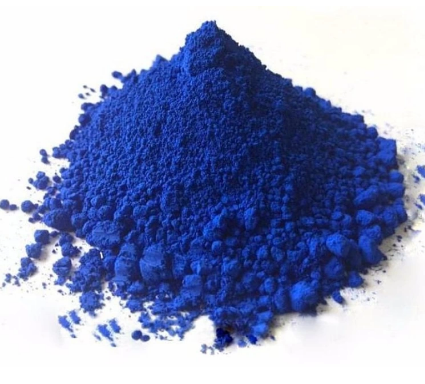
Litmus CAS:1393-92-6 Manufacturer Price
Litmus is a water-soluble mixture of different dyes extracted from lichens. It is commonly used as a pH indicator, changing color in response to acidic or basic solutions. Litmus paper, impregnated with litmus, is a simple and convenient method for determining the acidity or alkalinity of a solution. Blue litmus paper turns red in acidic solutions, while red litmus paper turns blue in basic solutions. This makes litmus a valuable tool in various fields, including chemistry, biology, and environmental science.
-
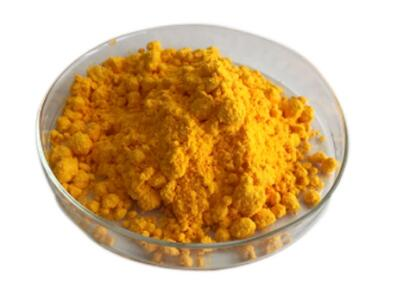
Orange II sodium salt CAS:633-96-5
Orange II sodium salt, also known as Orange II or Acid Orange 7, is an organic compound often used as a dye in various industries. With its bright orange color, it finds applications as a colorant in textiles, inks, and some cosmetics. Additionally, it is utilized as a staining agent in biological and histological processes, particularly in the context of microscopy and cellular analysis.
From a chemical perspective, Orange II sodium salt belongs to the azo dye class and is water-soluble. Its vivid hue makes it suitable for a range of aesthetic applications, contributing to the visual appeal of products in which it is used.
-
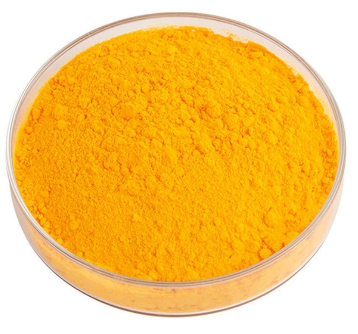
Riboflavin CAS:83-88-5 Manufacturer Price
Riboflavin, also known as vitamin B2, is an essential nutrient that plays a vital role in energy production and metabolism. It helps the body break down carbohydrates, proteins, and fats to generate energy. Additionally, riboflavin is involved in maintaining healthy skin, eyes, and nervous system. It also acts as an antioxidant, protecting cells from oxidative damage. Dietary sources of riboflavin include dairy products, meats, green leafy vegetables, and enriched cereals. Riboflavin deficiency can lead to conditions such as fatigue, skin disorders, and impaired growth.

